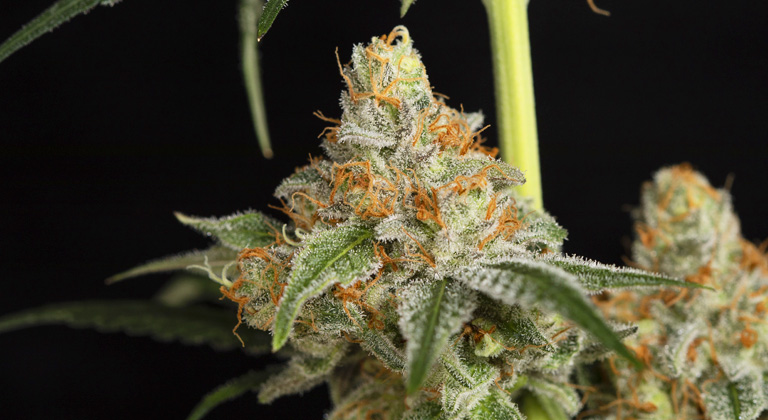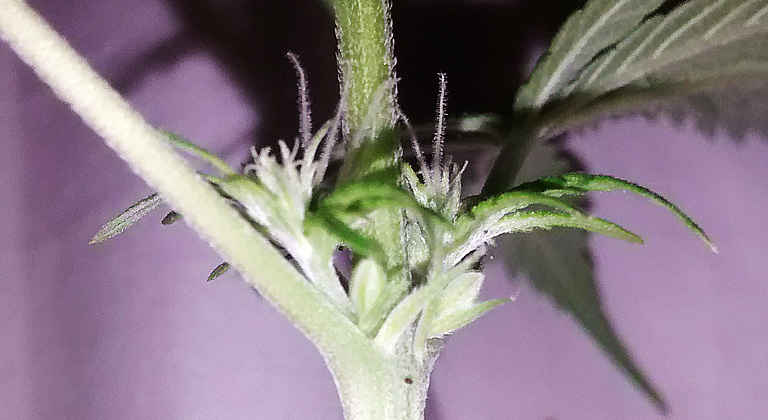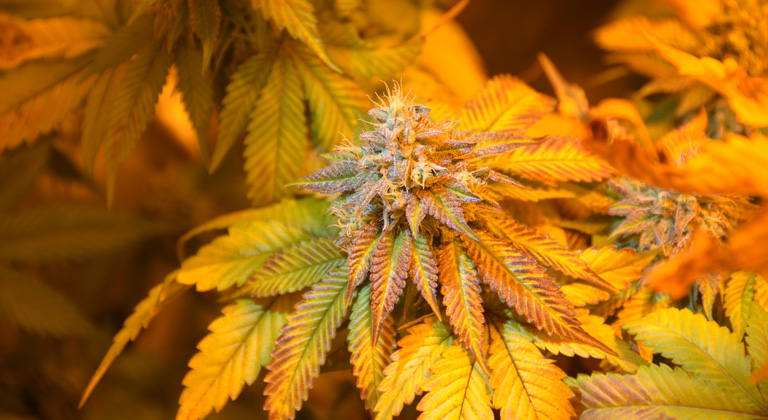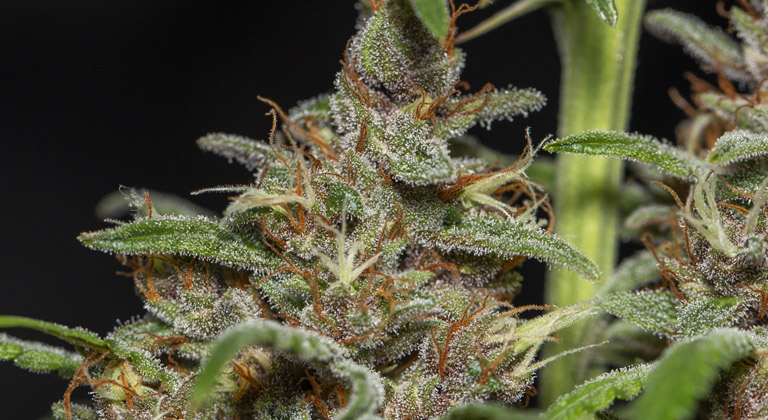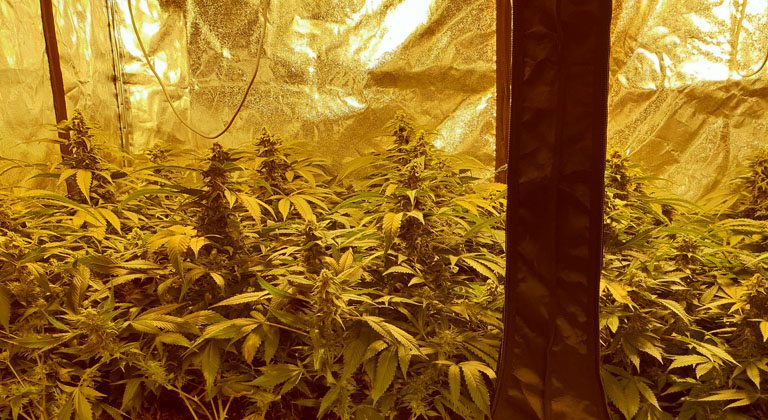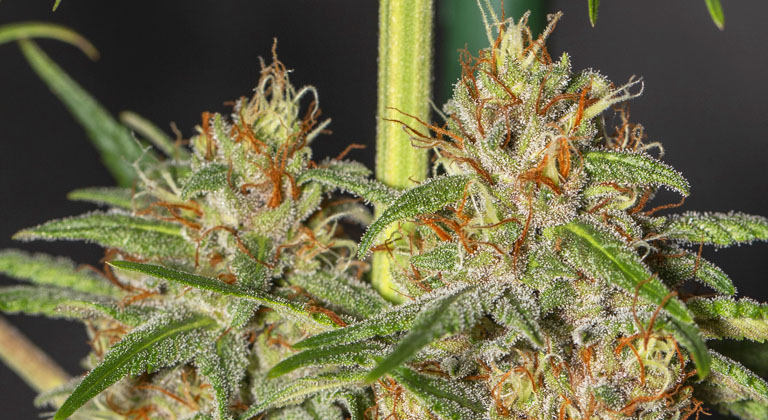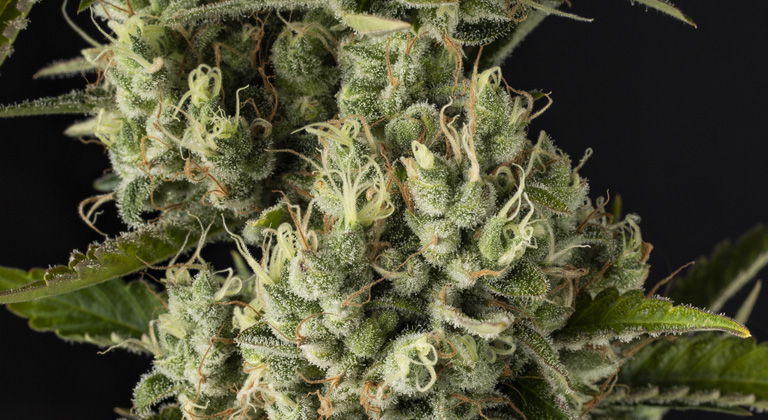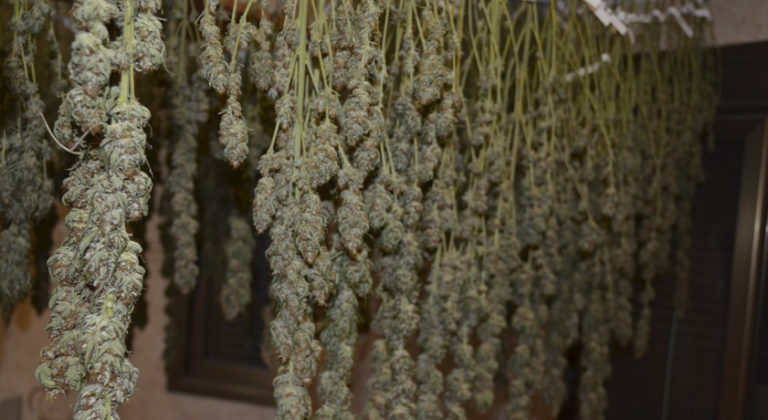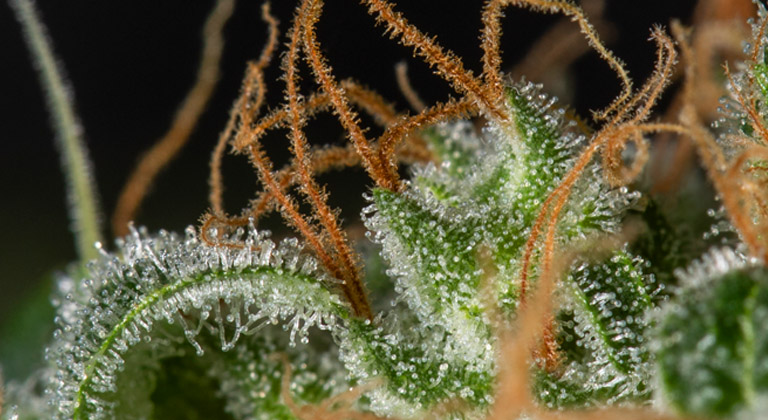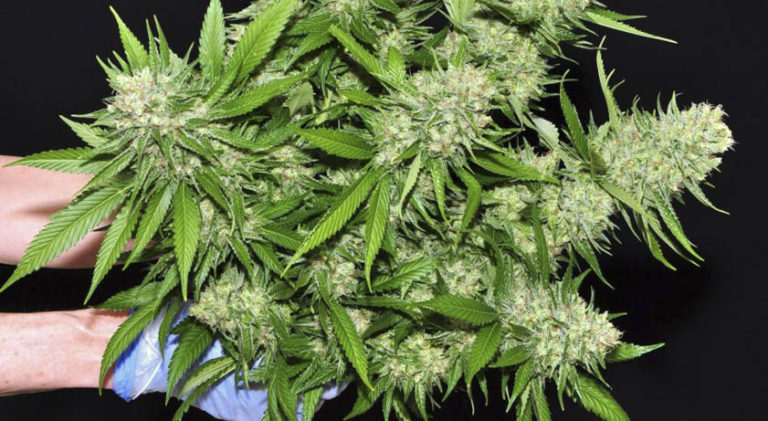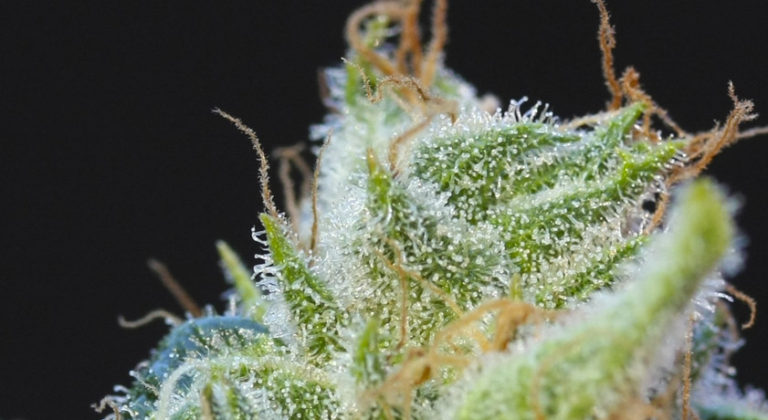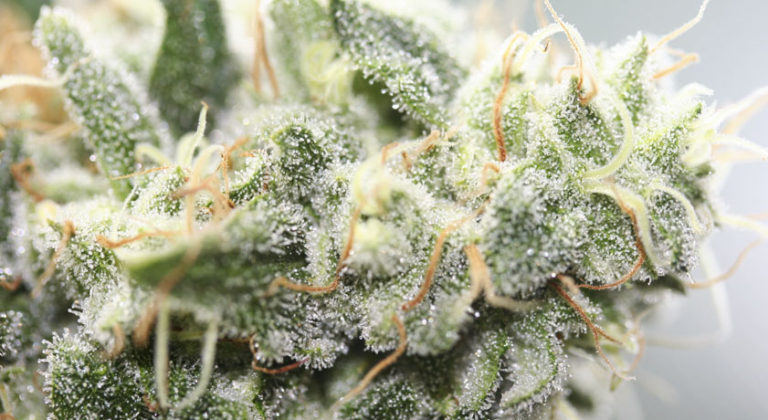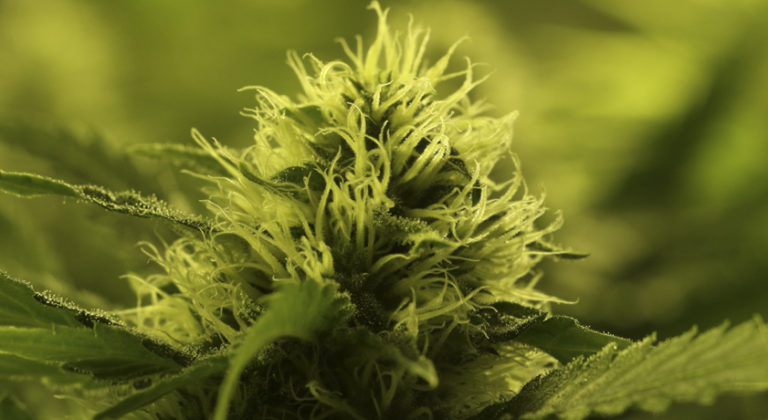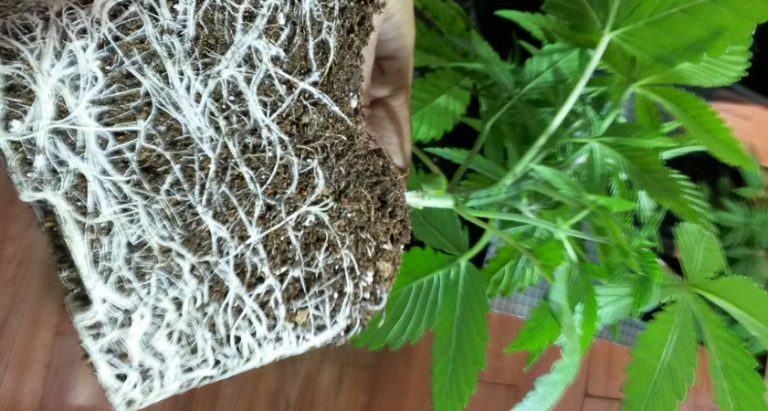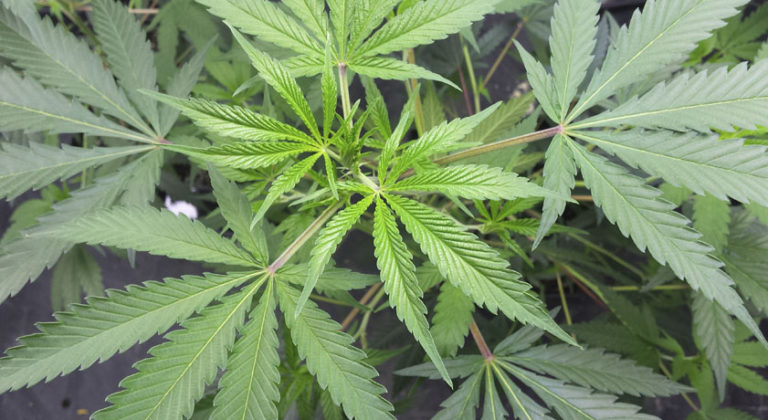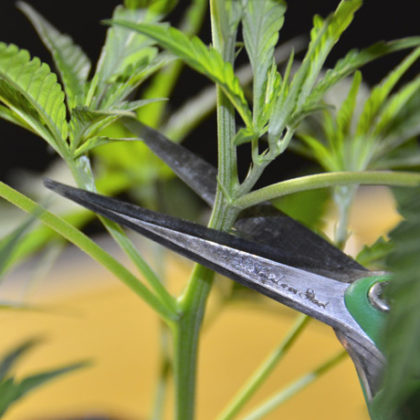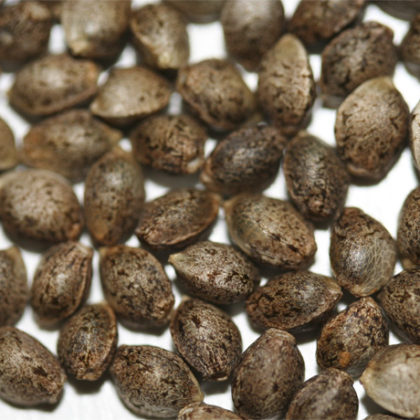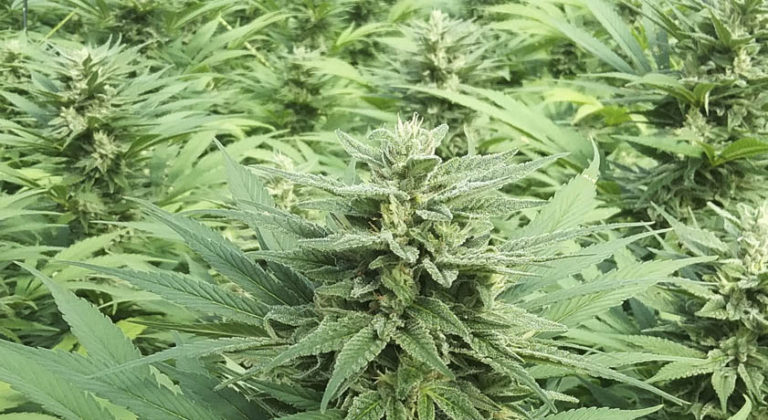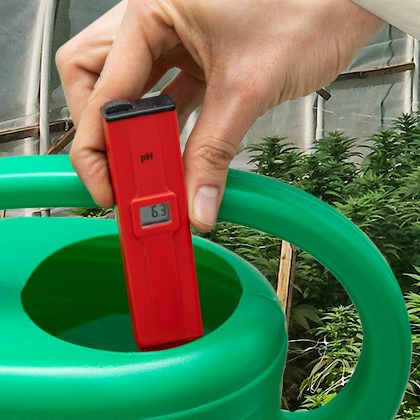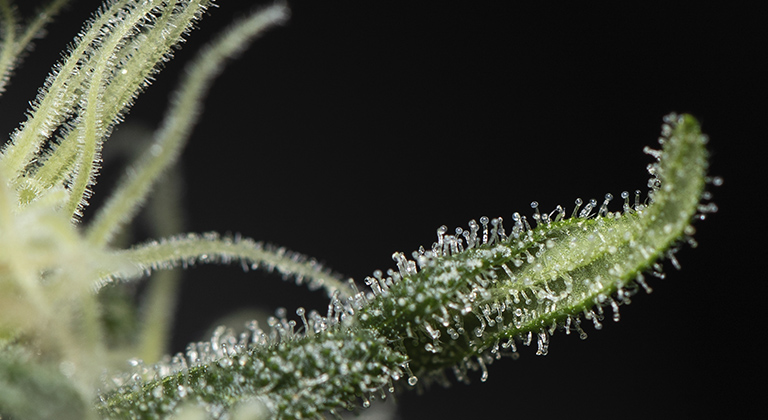Cannabis Sativa or marijuana is a dioecious plant, which means that both males and females can be found in nature. These plants reproduce sexually via pollination of the female by the male; male plants produce pollen from their flowers which go to the females’ pistils. This is how cannabis seeds are formed, which have Y chromosomes and X chromosomes (male and female, respectively). A pure female plant has YY chromosomes, and a pure male plant has XX chromosomes; most plants are XY.
Most growers are looking to grow plants that produce female flowers, as these are the ones which contain the most active substances in cannabis (cannabinoids and terpenes). Nowadays, it’s easy to get feminized seeds, which always produce females, although if you want to grow regular seeds you’ll need to know how to tell the difference between male and female cannabis plants.
How to Identify your Cannabis Plants’ Sex
When it comes to growing cannabis, you can start from clones or cuttings, which are guaranteed to be female as they’re from mother plants and grow with the same characteristics. On the other hand, if you decide to grow from seeds you’ll need to know what type you’re growing in order to identify its sex.
Types of Cannabis Seeds
Feminized Seeds: these seeds also include most autoflowering strains. These seeds only produce female plants, all of which produce sought-after buds. If obtained from a reliable seed bank, you don’t need to worry if they’re male or female plants, as they couldn’t possibly be male.
Regular Seeds: they can produce both female and male plants, so you’ll need to be able to differentiate between the two in order to use them according to whatever your goal or objective may be.
